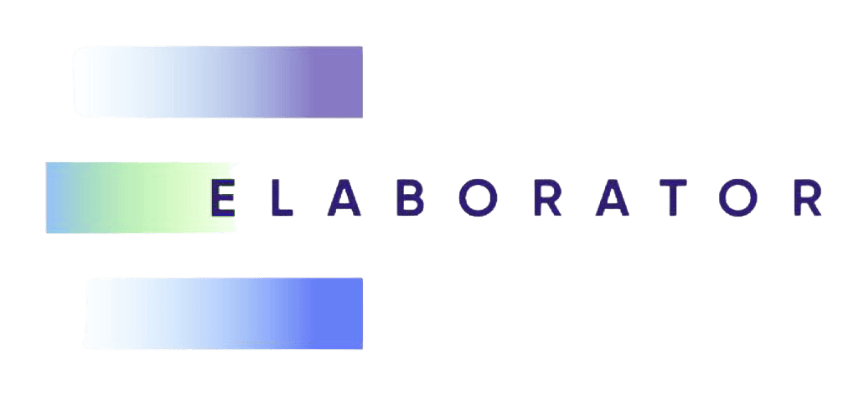ELABORATOR's Work Package (WP) 2 team has been hard at work the last few months towards meeting their objective of providing an evidence-based and proven methodology for the evaluation of the Living Labs' proposed urban mobility interventions.
These efforts have been crystallized in the ELABORATOR Evaluation Plan, a document that outlines a comprehensive approach to assessing the environmental, social, and safety impacts of solutions implemented in each Living Lab. This document arrives not long after the publishing of the ELABORATOR Inclusion Plan, another reference document for ELABORATOR partners as they develop activities with their different local stakeholders and as an internal reference among the consortium to promote inclusion, representation, and good cooperation at all levels and phases of the project.
Both of these documents are meant to be used as practical guides by cities and partners to evaluate their activities and interventions and ensure they are safe, inclusive, and environmentally sustainable.
Read more about ELABORATOR's Inclusion Plan here.
A comprehensive framework for measuring impact and enhancing inclusive mobility
The Evaluation Plan leverages both qualitative and quantitative analysis to measure the effects of their interventions on reducing greenhouse gas emissions, enhancing inclusivity, and improving road safety. It details an array of cutting-edge evaluation methods, including safety assessment models, safety perception tools, user surveys and interviews, workshops, and focus groups.
The Evaluation Plan is structured in several key parts. The first chapter provides the framework and context on how the evaluation will add value towards ELABORATOR’s goals and expectations, referencing the outcomes and impact states detailed in the Declaration of Performance (DOP). The second chapter explains the background of evaluation, outlining the phases and what will be expected of cities, including guidance on developing the evaluation goals and setting up the evaluation in the locations.
The third section focuses on the indicators used to measure impact. It lists all available indicators for the project, including those in the DOP, Sustainable Urban Mobility Indicators (SUMIs), and additional relevant indicators, specifying which indicators are mandatory and which are optional depending on the intervention. The fourth chapter describes available data collection methodologies, explaining different approaches to measuring data and detailing each methodology for both subjective and objective data.
The final part of the plan delves into the safety, accessibility, and environmental rating system, explaining the necessary data collection processes and how to use the data to provide ratings across safety, accessibility, and environmental areas.
Key features of the Evaluation Plan include a detailed framework for monitoring and measuring key performance indicators and impacts, flexible options for cities to select suitable approaches for evaluation and step-by-step guidance to support cities in developing their evaluation plans for current and future projects. Overall, this deliverable ensures that cities have the necessary tools and support to achieve the project's overall objectives and create sustainable, safe, and inclusive urban environments.
Read the full document of the ELABORATOR Evaluation Plan on their official website here.

